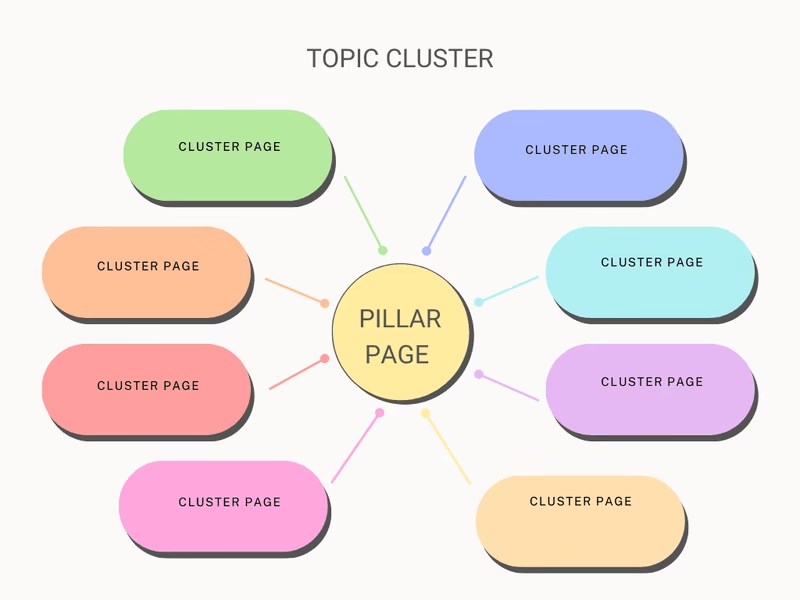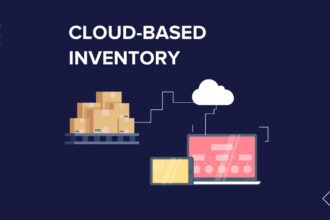If you’ve ever checked your website analytics, you’ve probably seen the term Bounce Rate. But what exactly is a good Bounce Rate, and why do so many marketers, business owners, and bloggers pay close attention to it?
- What is Bounce Rate?
- Why Does Bounce Rate Matter?
- What is a Good Bounce Rate?
- Is a High Bounce Rate Always Bad?
- What Is a Good Bounce Rate?
- Pages With the Highest Bounce Rate
- Tools to Help You Understand Bounce Rate
- What Causes a High Bounce Rate?
- How to Reduce Bounce Rate (Simple Fixes)
- Does Bounce Rate Affect SEO?
- Bounce Rate vs. Exit Rate – What’s the Difference?
- Bounce Rate Isn’t Everything, But It’s a Big Thing
Let’s break it down in simple terms. No jargon. No fluff. Just clear answers.
What is Bounce Rate?
Bounce Rate means the percentage of visitors who come to your website and leave without clicking anything or visiting another page.
They land on one page… and bounce.
It’s like someone walking into a store, taking one quick look, and walking right back out without asking questions, buying anything, or exploring further.
If 100 people visit your site and 60 of them leave immediately, your Bounce Rate is 60%.
Why Does Bounce Rate Matter?
Your Bounce Rate shows how engaging or helpful your website is. A high Bounce Rate usually means that something is wrong. Maybe:
- Your page is too slow.
- The content is boring or confusing.
- The design looks outdated.
- The visitor didn’t find what they were looking for.
When people leave too quickly, it hurts your search engine rankings and sales. Search engines like Google want to send traffic to websites that people stay on.
If your Bounce Rate is high, Google thinks your site might not be useful.
What is a Good Bounce Rate?
There’s no perfect number, but here’s a rough guide:
- 20% – 40% = Excellent
- 41% – 55% = Average
- 56% – 70% = High, needs attention
- Above 70% = Warning! Something is wrong.
Note: Blogs and news sites often have higher Bounce Rates because users come for a piece of specific information and leave.
But e-commerce stores should aim for lower rates because you want people to browse and buy.
Is a High Bounce Rate Always Bad?
No, not always.
Let’s say you run a blog post answering a simple question like “What’s the capital of Nigeria?” If a visitor gets their answer in 5 seconds and leaves, that’s a bounce, but it doesn’t mean your post failed.
So it depends on your goal.
If your goal is:
- Information and Quick answers – a high Bounce Rate may be fine
- Lead generation or sales – a high Bounce Rate is a big red flag
What Is a Good Bounce Rate?
There’s no one-size-fits-all answer, but here’s a rough guide:
| Website Type | Good Bounce Rate |
| Blog or News Site | 60% or lower |
| Retail or eCommerce | 20 – 40% |
| Service Business Site | 30 – 50% |
| Landing Pages | 70 – 90% |
So if your Bounce Rate is above these numbers, you might need to take action.
Pages With the Highest Bounce Rate
Not all pages are equal.
Some pages naturally have a higher Bounce Rate:
- Contact pages
- Blog posts
- Landing pages with no links
The key is knowing which pages are okay to have high Bounce Rates, and which ones you need to fix.
Also Read: How To Build a Sales Funnel In Under 1 Hour – In 6 Actionable Steps
Tools to Help You Understand Bounce Rate
These tools can help you dive deeper:
- Google Analytics – Basic Bounce Rate data.
- Hotjar – Heatmaps and screen recordings to see what users do.
- Crazy Egg – Similar to Hotjar, great for visuals.
- Microsoft Clarity – A free tool to see user sessions and bounce behaviour.
What Causes a High Bounce Rate?
There are many reasons why your Bounce Rate might be high:
- Slow website speed – People don’t wait for slow pages.
- Poor mobile experience – Your site must look great on phones.
- Bad headlines – If your headline doesn’t match what people searched for, they’ll leave.
- Popups and ads – Too many distractions = bounce.
- Confusing design – If it’s hard to find what they need, people leave.
How to Reduce Bounce Rate (Simple Fixes)
Improving your Bounce Rate doesn’t have to be complicated. Start with these:
- Improve page speed – Use tools like PageSpeed Insights to test.
- Write clear, helpful content – Give people the answers they came for.
- Use better headlines – Match your blog titles with the search intent.
- Add internal links – Guide readers to explore more.
- Make it mobile-friendly – Test your site on phones.
- Use simple design – Keep your layout clean and easy to scan.
Does Bounce Rate Affect SEO?
Yes, it does.
When your Bounce Rate is high, it tells search engines that people are not finding your content helpful. That can drop your rankings in Google search.
A lower Bounce Rate means people are staying longer and clicking more. That’s a strong signal that your website is valuable.
Bounce Rate vs. Exit Rate – What’s the Difference?
They sound similar, but they’re not the same.
- Bounce Rate is when someone visits only one page and leaves.
- Exit Rate is when someone leaves your site from a specific page, but they might have visited other pages before.
Example: If someone lands on your homepage and leaves right away = bounce. If someone visits 5 pages and leaves on the 5th = exit, not a bounce.
Don’t Miss: How to Increase Brand Awareness in Nigeria Without Ads in 2025
Bounce Rate Isn’t Everything, But It’s a Big Thing
Yes, Bounce Rate is just one metric out of many. But it tells you a lot about your website’s health.
Think of it like checking your temperature. It doesn’t tell you everything about your body, but it shows when something might be wrong.
If you want better engagement, better SEO, and more sales, then pay attention to your Bounce Rate. Make small changes, test regularly, and always focus on helping your visitors find value.






